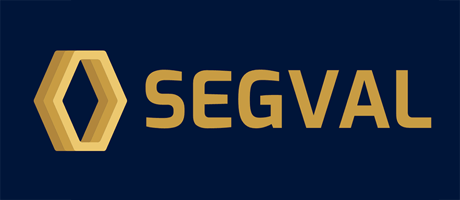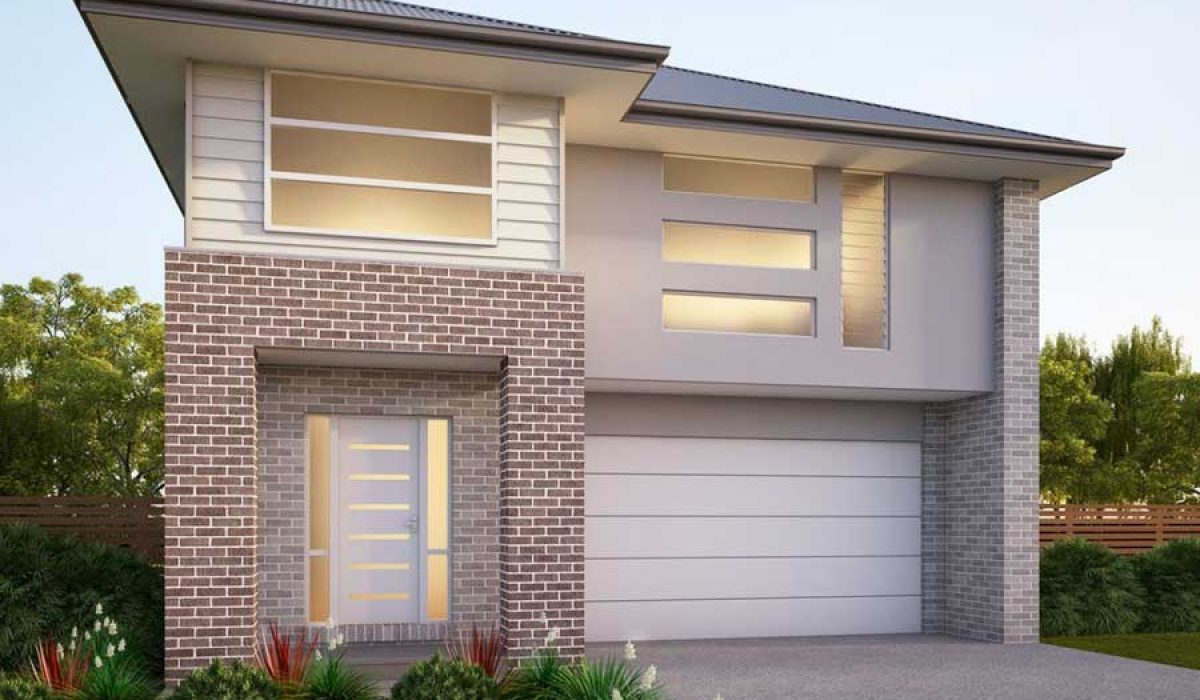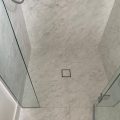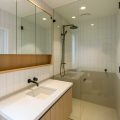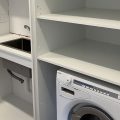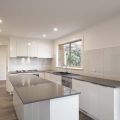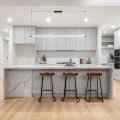The journey to homeownership often begins with a single, exhilarating, and daunting question: “How much can I borrow?” It is a logical starting point. Lenders, armed with complex algorithms and lending criteria, will provide a pre approval amount that represents the absolute maximum they are willing to lend you. This figure, however, is a dangerous mirage. It paints a picture of your financial future based on a perfect, frictionless world where interest rates never rise, cars never break down, and life never throws a surprise expense your way. The more critical, and often overlooked, question for the first time buyer is not “How much can I borrow?” but “How much should I really spend?”
Determining the right number requires a shift in mindset from a borrower thinking about maximum debt to a homeowner thinking about sustainable living. It involves a holistic audit of your finances, your lifestyle, and your long term goals. The true cost of homeownership extends far beyond the mortgage payment, and understanding this full picture is the key to making a decision you can live with happily, rather than one you merely survive.
Looking Beyond the Pre Approval: The Borrower vs. The Homeowner
When a bank calculates your borrowing power, they use a metric known as the Household Expenditure Measure (HEM) or a detailed breakdown of your declared expenses. They then apply a “serviceability buffer,” typically 3% above the current rate, to ensure you could still afford your repayments if interest rates rise. This is a responsible practice, but it is a macro level, one size fits all assessment.
The future homeowner must conduct a more intimate, granular analysis. The bank’s calculation does not account for the specific life you want to live. It does not know you dream of an annual overseas holiday, are planning to start a family in three years, have a passion for gourmet cooking that requires a generous grocery budget, or value the financial flexibility to change careers. Spending at the very limit of your pre approval effectively mortgages your future flexibility. It commits you to a high stress financial treadmill for the next 25 to 30 years, leaving little room for error or for life to simply happen.
The True Cost of Homeownership: The Iceberg Beneath the Surface
The principal and interest repayment on your mortgage is the tip of the financial iceberg. To understand what you should really spend, you must account for the entire mass hidden beneath the waterline.
The Upfront Costs (Beyond the Deposit): Most first home buyers are acutely aware of the need for a deposit, often 5 20% of the property’s price. However, the additional upfront costs can be staggering and are frequently underestimated. These include:
- Stamp Duty: A state based tax that can run into the tens of thousands of dollars. While many states offer concessions or exemptions for first home buyers, it is a cost that must be factored in.
- Conveyancing/Legal Fees: Engaging a professional to handle the legal transfer of property is essential and can cost between $1,000 and $3,000.
- Building Inspections: A non negotiable expense (typically $500 $1,000) that can save you from a catastrophic financial mistake.
- Loan Application Fees: Some lenders charge fees to establish your mortgage.
- Lenders Mortgage Insurance (LMI): If your deposit is less than 20% of the property’s value, you will likely have to pay LMI, which can be a one off cost of $10,000 $30,000, added to your loan amount.
- The Ongoing Costs of “Holding” the Property: Once you have the keys, the regular expenses begin. A robust budget must account for:
- Council Rates: An annual fee paid to your local government for services.
- Water Rates: Often includes both a service charge and a usage component.
- Home and Contents Insurance: This is mandatory for the structure (home insurance) and highly advisable for your belongings (contents).
- Body Corporate Fees (if applicable): For apartments or townhouses, these strata fees can be a significant monthly or quarterly outgoing.
- Home Renovation, Maintenance and Repairs: This is the most commonly overlooked cost. As a rule of thumb, you should budget between 1% and 3% of your property’s value per year for maintenance. For a $600,000 home, that is $6,000 to $18,000 per year, or $500 to $1,500 per month. The hot water system will burst, the gutters will need cleaning, and the paint will eventually peel.
Practical Frameworks for Determining Your “Right” Price
With this full financial picture in mind, you can move from abstract worry to concrete calculation. Here are three practical frameworks to help you land on your personal “right” price.
1. The 28/36 Rule (A Foundational Guideline):
This is a classic debt to income ratio used by financial planners. It suggests that you should not spend more than:
28% of your gross monthly income on total housing costs (mortgage, insurance, rates, body corporate).
36% of your gross monthly income on total debt service (housing costs plus other debts like car loans, student loans, and credit cards).
For example, if your household gross income is $120,000 per year ($10,000 per month), your total monthly housing costs should ideally not exceed $2,800, and your total debt payments should not exceed $3,600.
This rule provides a solid, conservative starting point. If the property you are considering pushes you beyond these ratios, it is a clear warning sign that you may be overstretching.
2. The “Life Budget” Stress Test:
This is a more personal and powerful approach. Instead of starting with the mortgage, start with your life.
- Step 1: Calculate your current, reliable monthly take home pay.
- Step 2: Create a detailed budget of all your current non negotiable living expenses (groceries, utilities, transport, health insurance, etc.).
- Step 3: Add a realistic amount for your desired lifestyle (dining out, hobbies, travel, entertainment, clothing). Be honest.
- Step 4: Add a line item for savings and investments for your future (retirement, etc.).
- Step 5: Add the full ongoing costs of homeownership (using a higher interest rate see next point).
- Step 6: The money left over is what you have for your mortgage repayment.
By working backward, you can calculate a comfortable mortgage payment that sustains your life, rather than consumes it. If the numbers do not add up, the property is too expensive for your current income and lifestyle aspirations.
3. The “6.5% Interest Rate” Reality Check:
Interest rates are cyclical. Basing a 30 year commitment on today’s rates is a profound risk. A prudent strategy is to stress test your budget against a higher interest rate.
If the current variable rate is, for instance, 6.5%, run your numbers at 7.5% or even 8%. Can you still comfortably afford the repayment? If the answer is “no,” or “it would be a major stretch,” then the property is at the very top of your budget and leaves you vulnerable. Choosing a home that is affordable at a 7.5% rate provides a crucial buffer against future rate hikes, granting you peace of mind that no lender’s pre approval can offer.
The Non Financial Calculus: Location, Lifestyle, and Long Term Goals
The “right” price is not purely a mathematical equation. It is also about value and life strategy.
The Location vs. Space Trade Off: A smaller, older apartment in a thriving, well located suburb may cost the same as a large, new house in a distant growth corridor. The financial cost is identical, but the lifestyle cost and opportunity cost are vastly different. Consider your commute, access to amenities, social life, and where you see yourself in the next five to ten years. Sometimes, spending the same amount on a smaller property in a better location is a wiser long term investment, both financially and for your quality of life.
The “Starter Home” Mentality: Your first home does not have to be your forever home. In fact, for most people, it is not. Embracing the concept of a “stepping stone” property can be liberating. It allows you to enter the market with a more manageable mortgage, build house equity, and upgrade later. This might mean compromising on a second bathroom, a smaller garden, or a less than perfect kitchen. The goal is to get on the ladder, not to climb to the top rung in one go.
Affordability as a Feeling, Not Just a Figure
Ultimately, the amount you should really spend on your first home is the number that allows you to sleep soundly at night. It is the price point where you can comfortably cover your mortgage and all associated costs of ownership while still funding the life you want to live saving for the future, enjoying your hobbies, and handling unexpected setbacks without financial panic.
Resist the siren song of the maximum pre approval. It is a measure of your creditworthiness, not a prescription for your happiness. By conducting a thorough, honest assessment of your complete financial picture, stress testing your budget against future uncertainties, and aligning your purchase with your personal life goals, you can move beyond the question of “how much can I spend?” and arrive at the far more empowering answer to “how much should I spend?” This disciplined approach transforms the first home from a potential source of financial strain into the secure foundation it is meant to be a place of safety, comfort, and new beginnings.
